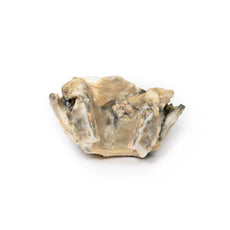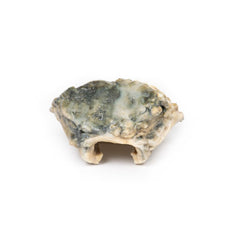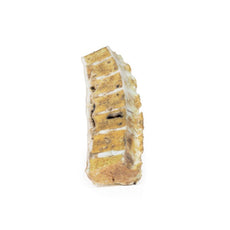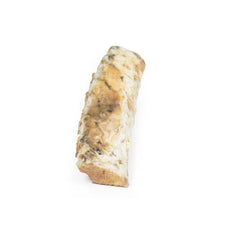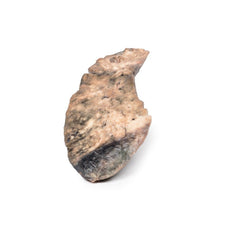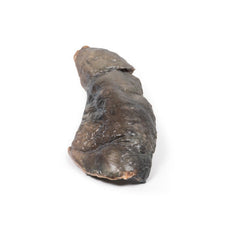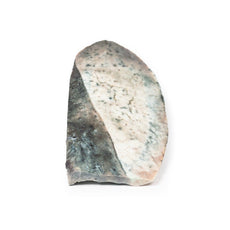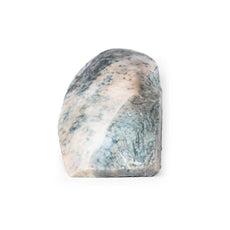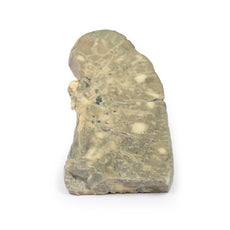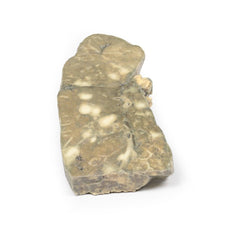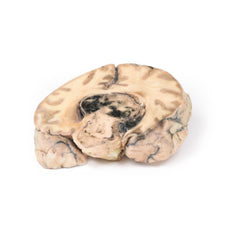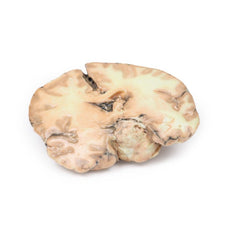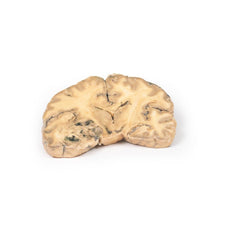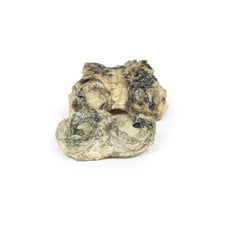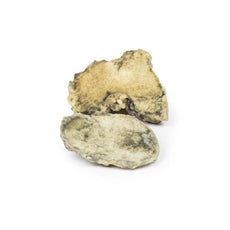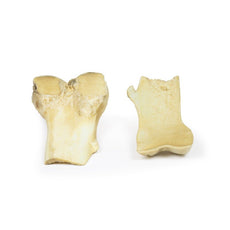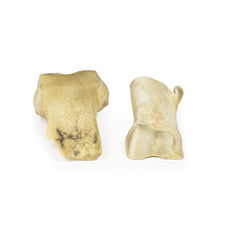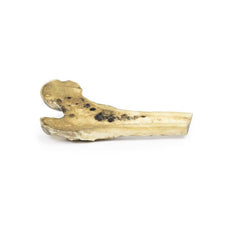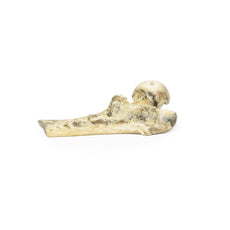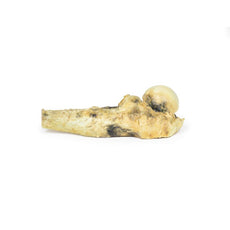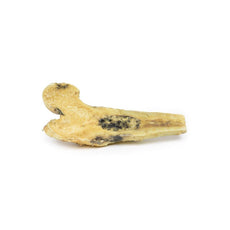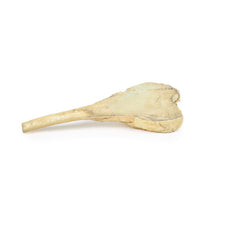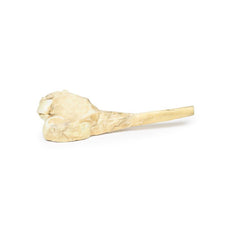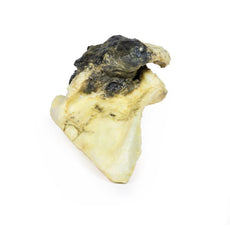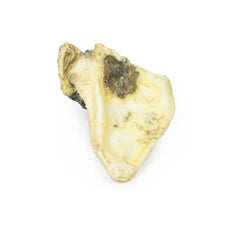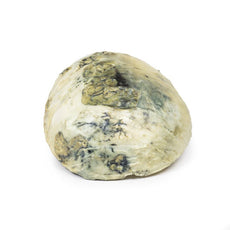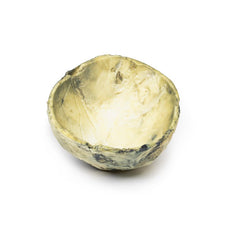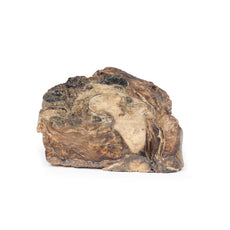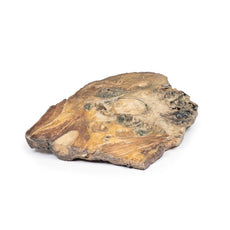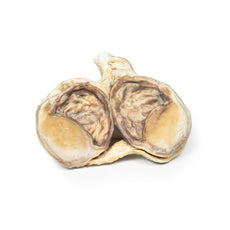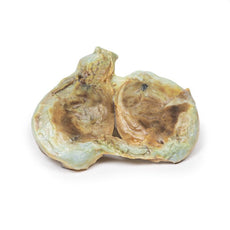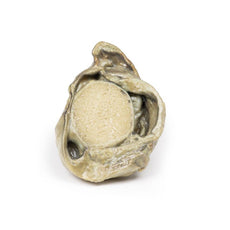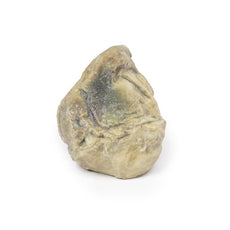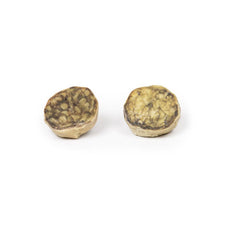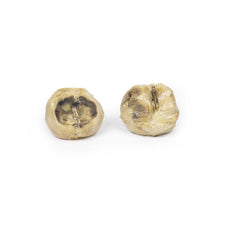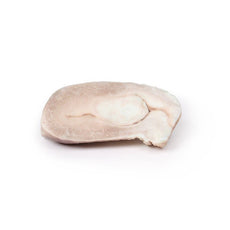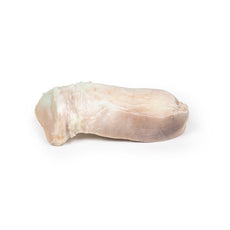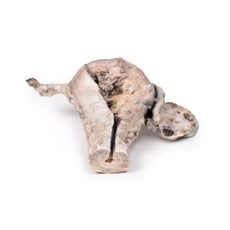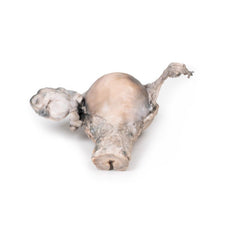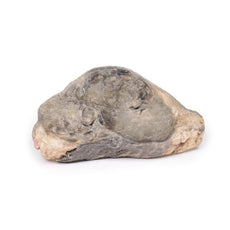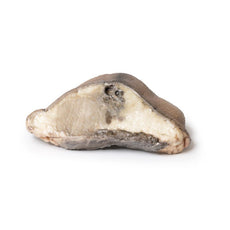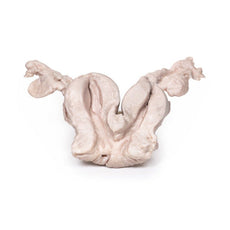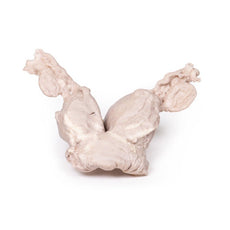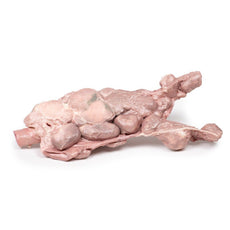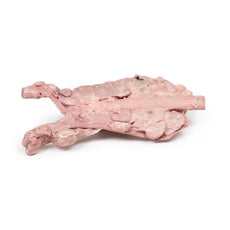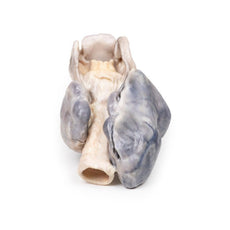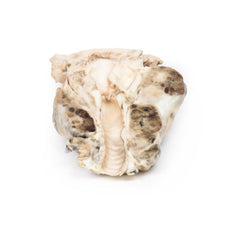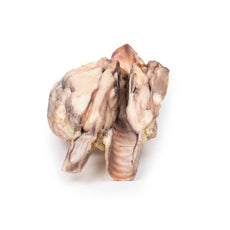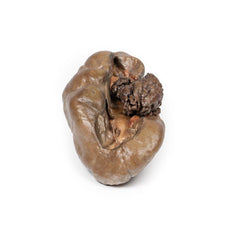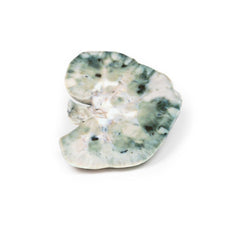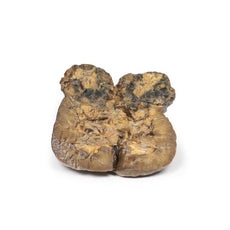Your shopping cart is empty.
3D Printed Chronic Gastric Ulcer
Item # MP2076Need an estimate?
Click Add To Quote

-
by
A trusted GT partner -
FREE Shipping
U.S. Contiguous States Only -
3D Printed Model
from a real specimen -
Gov't pricing
Available upon request
3D Printed Chronic Gastric Ulcer
Clinical History
This elderly patient had a long history of “indigestion”. He collapsed and died
after a massive stoke.
Pathology
The specimen is a 2cm coronal slice of tissue, which incorporates a portion of stomach
diaphragm, liver and pancreas. The specimen has been opened to display a large ulcer at the upper end of the lesser
curvature near the gastro-oesophageal junction. Macroscopically, the loss of substance at the site of the ulcer is
oval, has 5-6cm in diameter and slightly elevated borders. The base is clean and smooth with no evidence of
haemorrhage. The gastric wall surrounding the ulcer is indurated, because of the fibrosis that involves the base of
the ulcer and spreads beneath the surrounding mucosa. Being retractile, the fibrosis manages to “pull” the gastric
mucosa towards the base of the ulcer, so that gastric mucosal folds converge radially around the loss of substance
(this feature is not seen in ulcerated malignant gastric tumours). This is evident on the inferior aspect of the
ulcer and less so superiorly.
Further Information
Patients with a gastric ulcer may experience pain worsening with eating,
often described as a burning or dull ache. Other symptoms include belching, vomiting, weight loss, or poor appetite.
Complications may include bleeding, perforation, and blockage of the stomach. Common causes include the bacteria
Helicobacter pylori and non-steroidal anti-inflammatory drugs (NSAIDs).
H. pylori was first identified as causing
peptic ulcers by Barry Marshall and Robin Warren of the University of Western Australia in the late 20th century, a
discovery for which they were awarded the Nobel Prize in 2005. Other, less common causes include tobacco smoking,
stress due to serious illness, Behçet’s disease, Zollinger-Ellison syndrome, Crohn’s disease, and liver
cirrhosis[1]. Older people are more sensitive to the ulcer-causing effects of NSAIDs[1].
The diagnosis is
typically suspected due to the presenting symptoms with confirmation by either endoscopy or barium swallow[1]. H.
pylori can be diagnosed by testing the blood for antibodies, a urea breath test, testing the stool for signs of the
bacteria, or a biopsy of the stomach[1]. Other conditions that produce similar symptoms, include stomach cancer,
coronary heart disease, and inflammation of the stomach lining (gastritis) or gallbladder inflammation (cystitis)
[1].
Treatment includes stopping smoking, stopping use of NSAIDs, reducing or preferably stopping alcohol
consumption, and taking medications to decrease stomach acid[1]. Ulcers due to H. pylori are treated with a
combination of medications, such as amoxicillin, clarithromycin, and a proton pump inhibitor (PPI). The medication
used to decrease acid is usually either a PPI or an H2 blocker (histamine H2-receptor antagonists). Bleeding ulcers
may be treated by endoscopy, with open surgery typically only used in cases in which it is not successful. Peptic
ulcers are present in around 4% of the population[1].
Reference:
1. Najm WI (2011). “Peptic ulcer disease”. Primary Care. 38 (3): 383–94.
 Handling Guidelines for 3D Printed Models
Handling Guidelines for 3D Printed Models
GTSimulators by Global Technologies
Erler Zimmer Authorized Dealer
The models are very detailed and delicate. With normal production machines you cannot realize such details like shown in these models.
The printer used is a color-plastic printer. This is the most suitable printer for these models.
The plastic material is already the best and most suitable material for these prints. (The other option would be a kind of gypsum, but this is way more fragile. You even cannot get them out of the printer without breaking them).The huge advantage of the prints is that they are very realistic as the data is coming from real human specimen. Nothing is shaped or stylized.
The users have to handle these prints with utmost care. They are not made for touching or bending any thin nerves, arteries, vessels etc. The 3D printed models should sit on a table and just rotated at the table.










